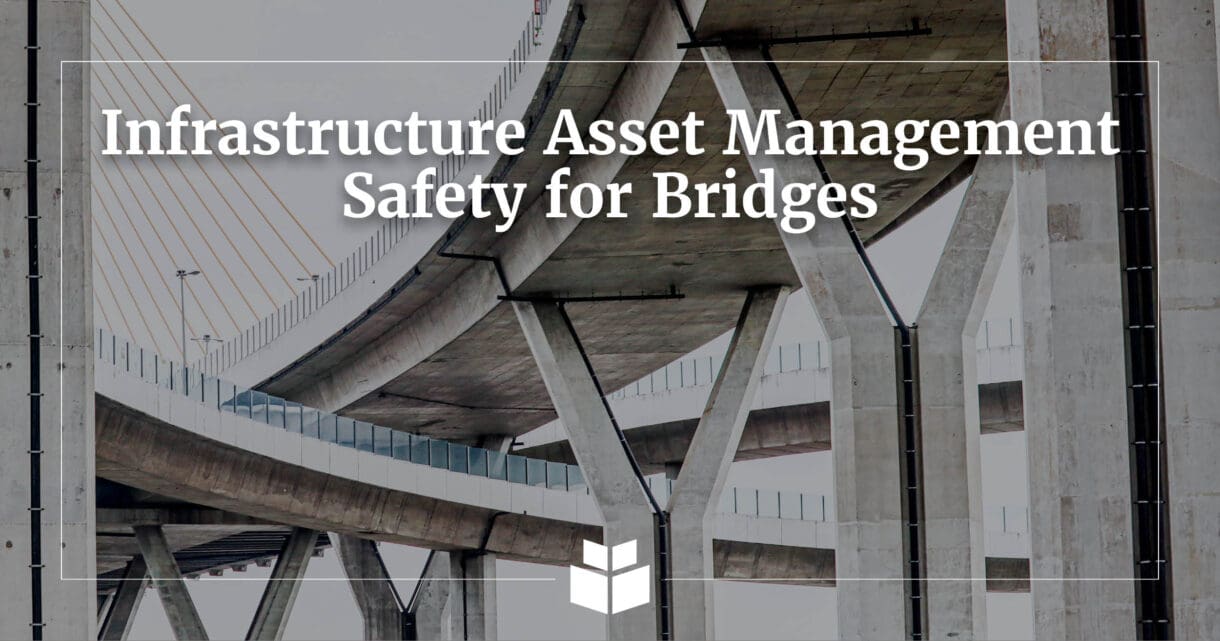
For WithersRavenel’s Director of Infrastructure Asset Management, Malak Bahrami, bridge safety was more than a professional responsibility—it has been a lifelong fascination. As a child, he often built makeshift bridges on the rooftop of his family’s home, carefully testing their strength and stability (much to his parents’ frustration). While those early experiments were far from meeting engineering standards, they planted the seeds for a career focused on ensuring that real bridges stood the test of time, weather, and daily use.
That same commitment to safety and resilience was at the heart of WithersRavenel’s milestone 50th Lunch & Learn webinar, hosted by Steve Lander, Director of Pavement Management. During the session, Malak explored how asset management principles intersect with bridge inspection practices to help communities keep their infrastructure safe. His presentation combined real-world case studies of bridge failures, lessons learned from those events, and an overview of the latest updates to the National Bridge Inspection Standards (NBIS).
Key Takeaways for Safer Bridge Infrastructure
By the end of the session, attendees had gained practical insights they could apply to their own bridge inspection and maintenance programs:
-
Connecting Asset Management to Bridge Safety
Attendees learned how asset management, condition assessment, and risk management worked together to support informed decision-making and build long-term infrastructure resilience. -
The Six Pillars of Asset Management
Malak introduced his practical framework, which distilled foundational asset management concepts into six actionable focus areas that guided planning, investment, and maintenance strategies. -
Staying Compliant with NBIS Updates
Participants identified and interpreted recent changes to the National Bridge Inspection Standards and learned how those updates could impact inspection schedules, reporting, and compliance requirements.
Why This Matters
Bridges are more than just physical connections—they serve as lifelines for communities, commerce, and emergency response. By combining proactive asset management with rigorous inspection standards, agencies extend the life of bridge structures and ensure the safety of everyone who depends on them.

